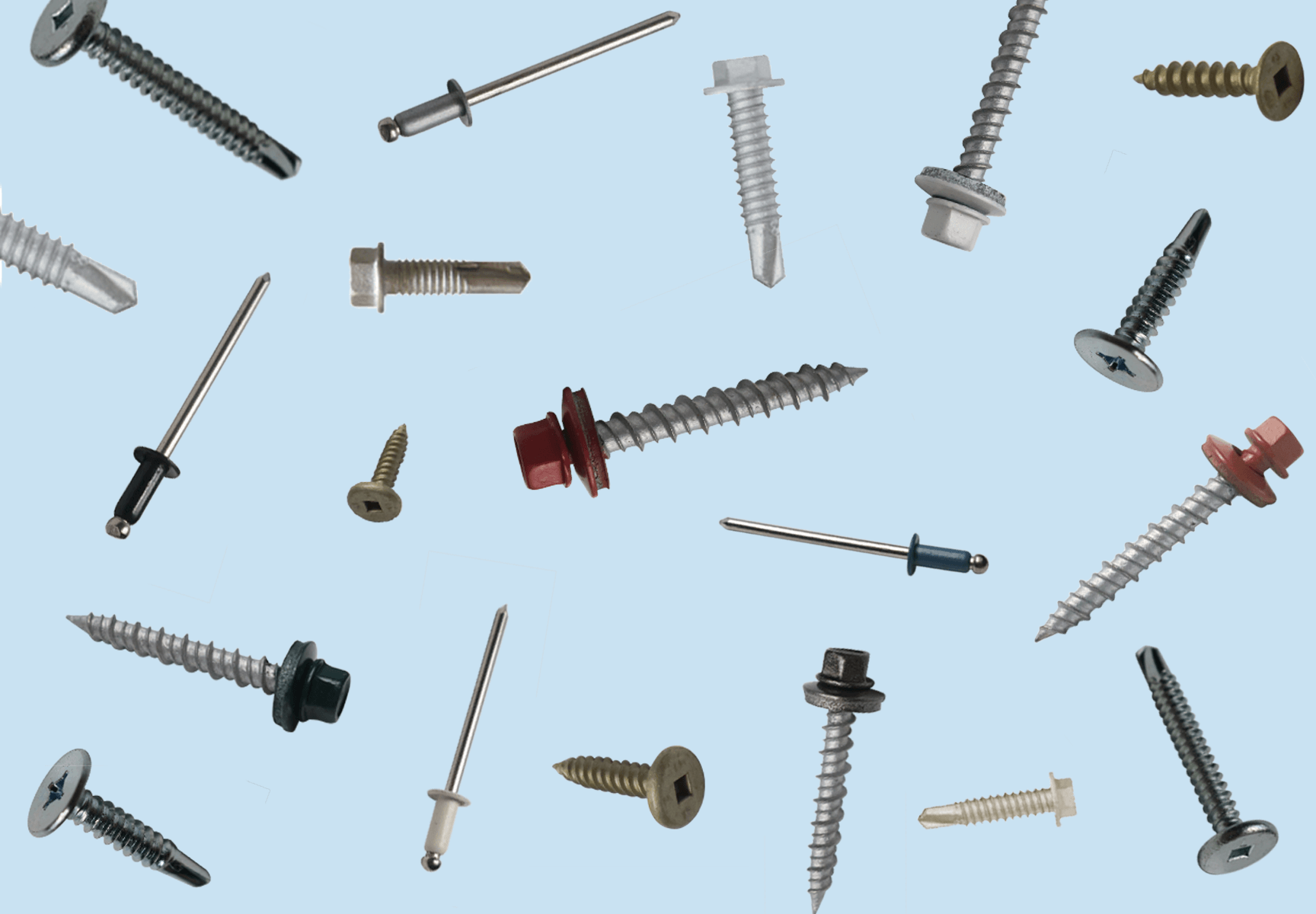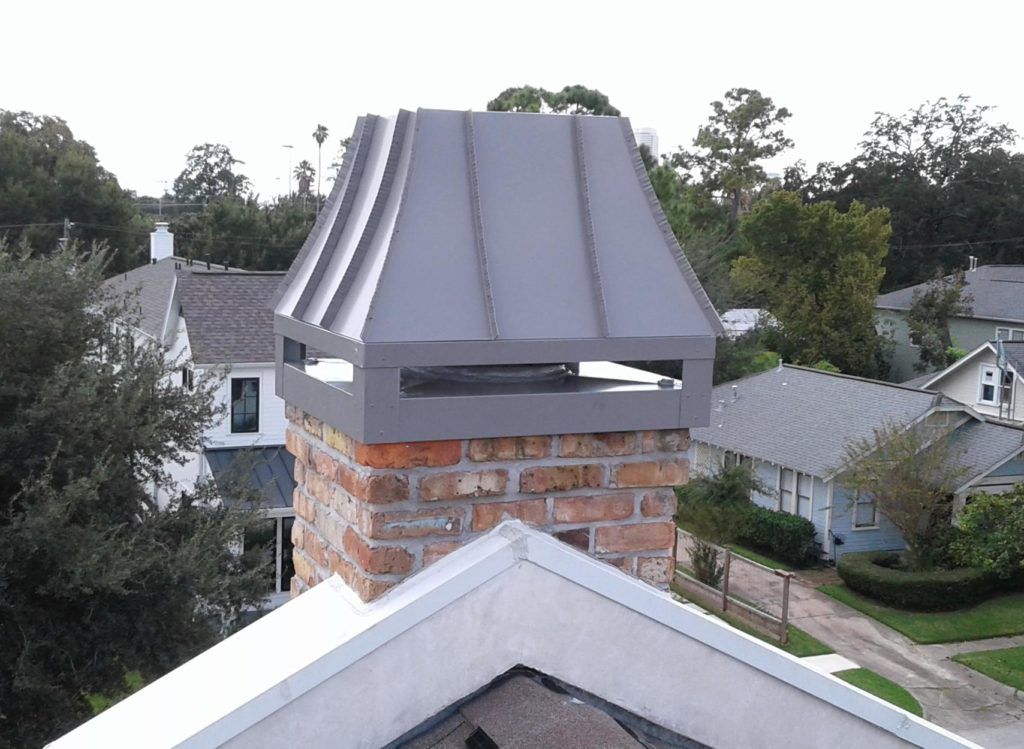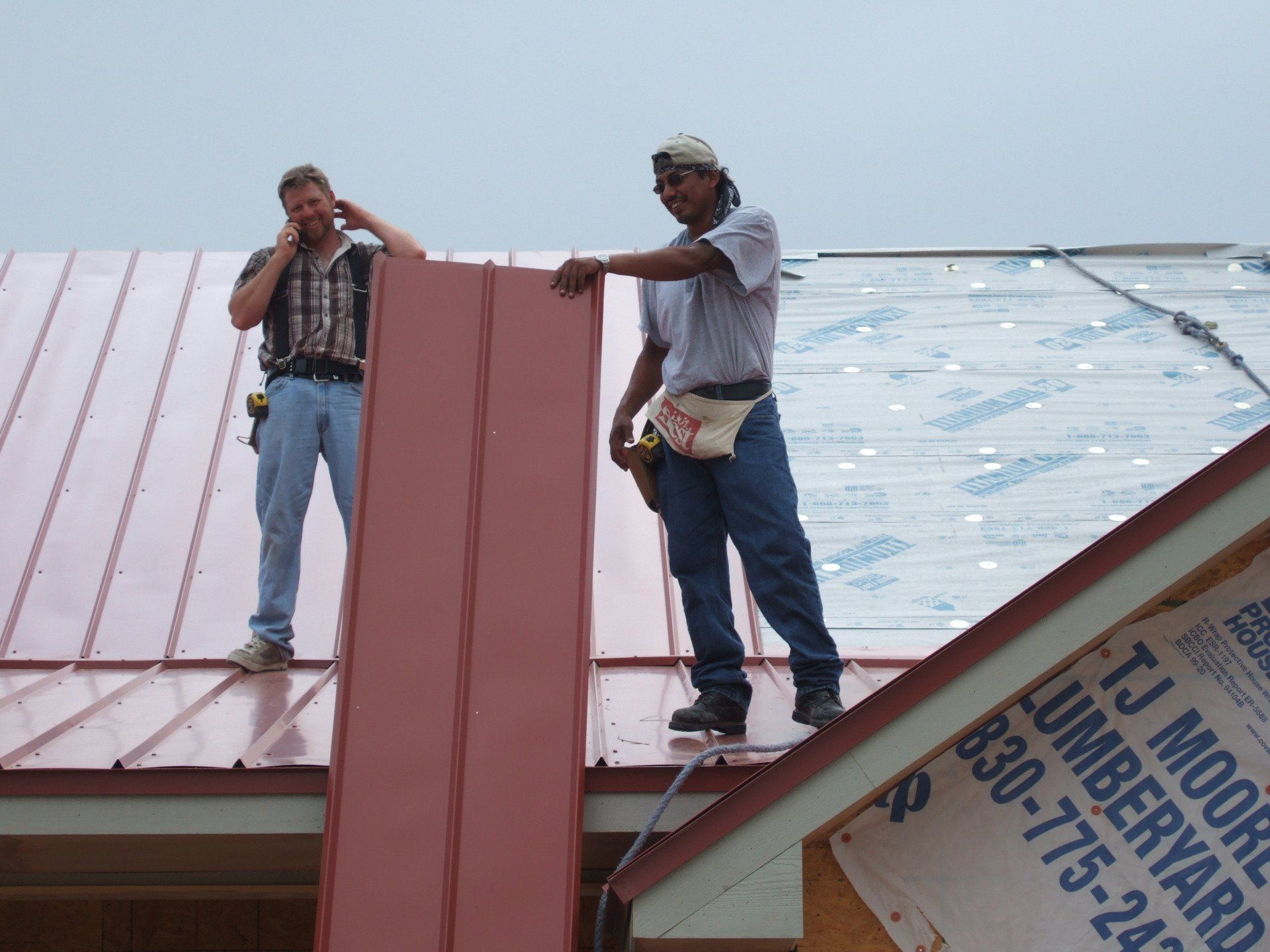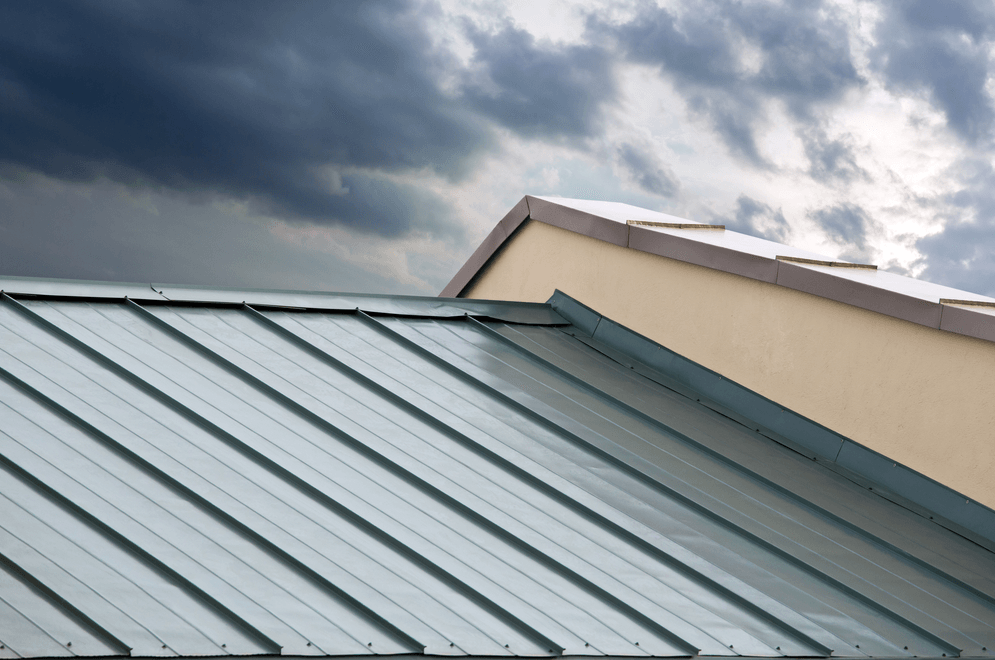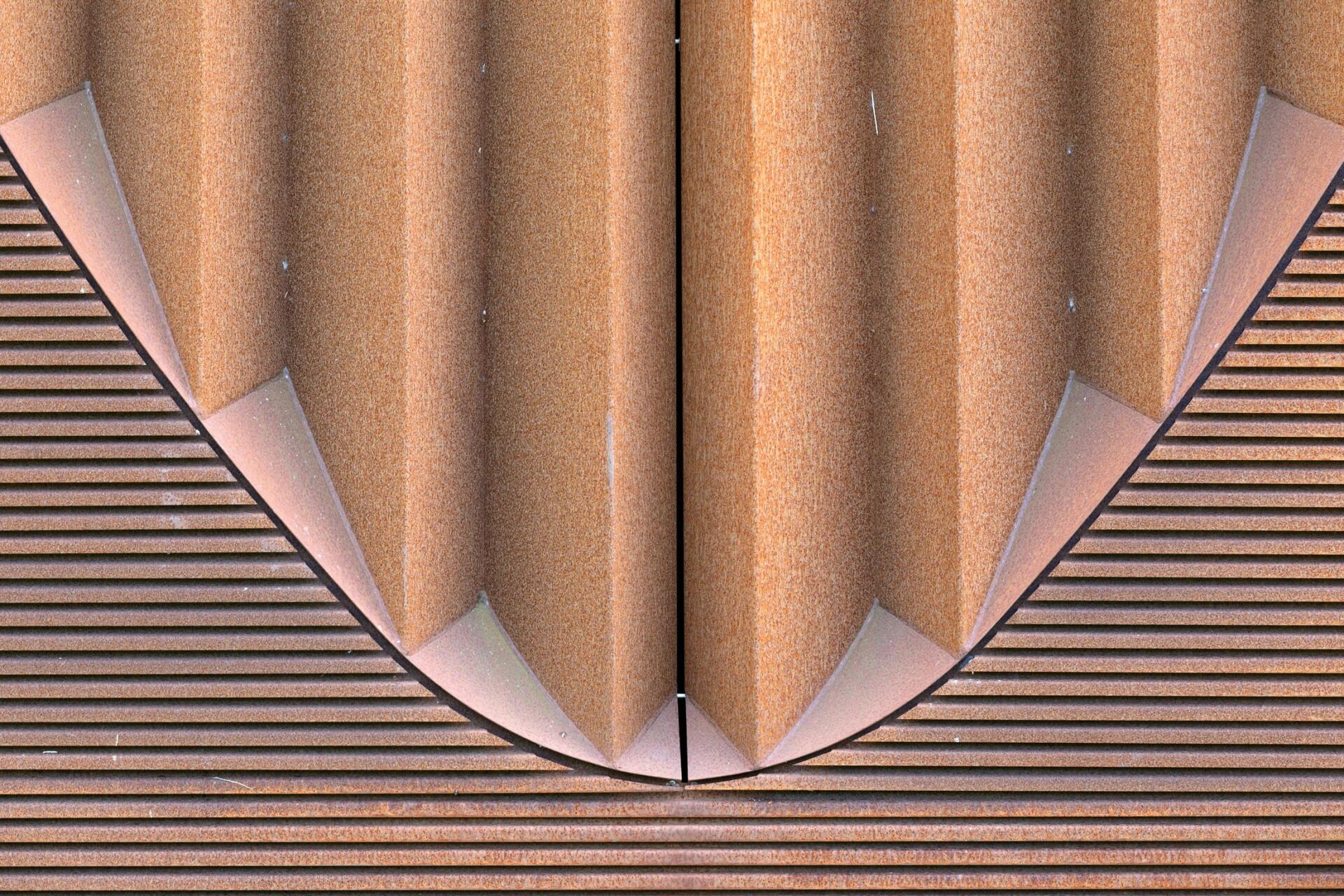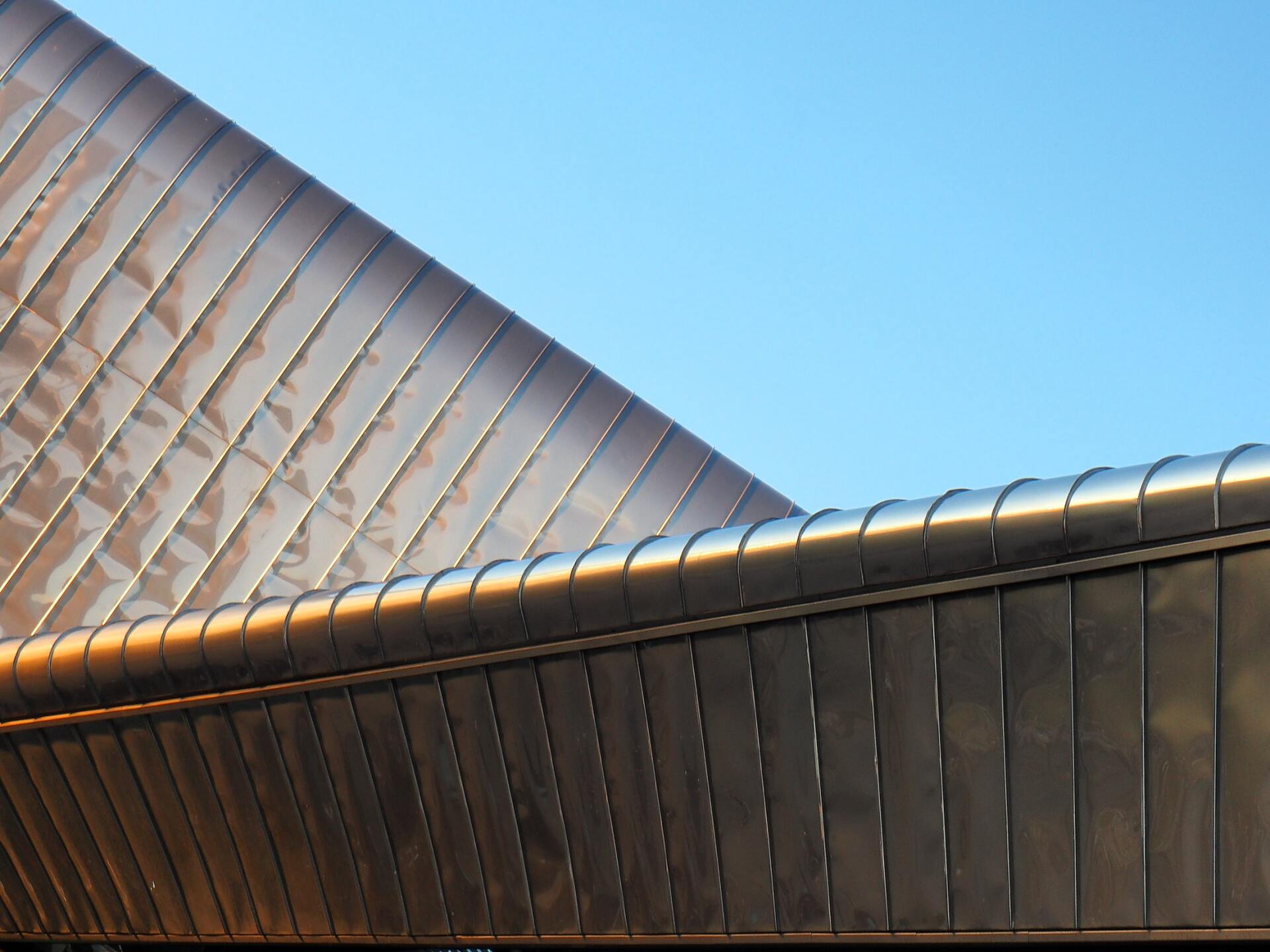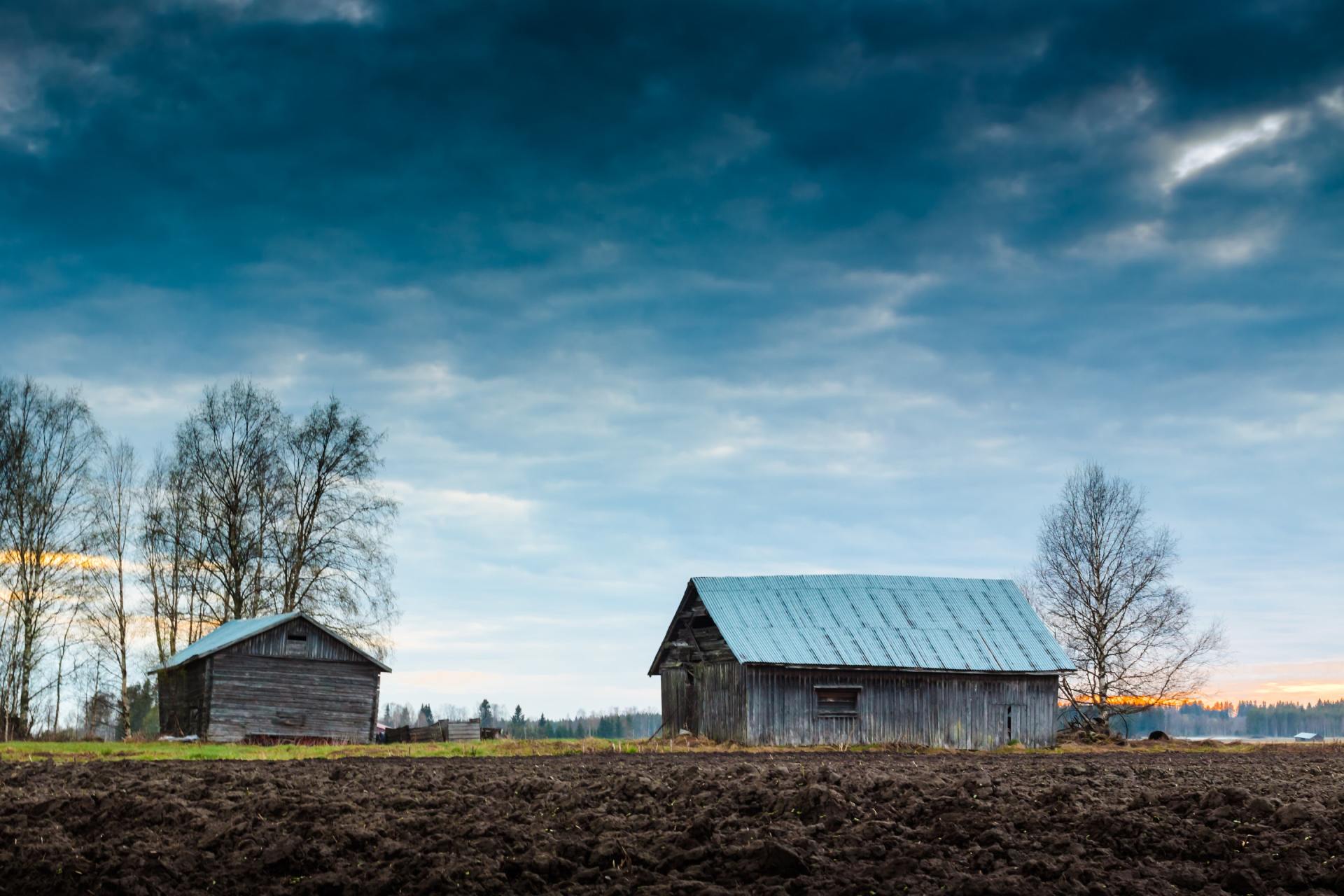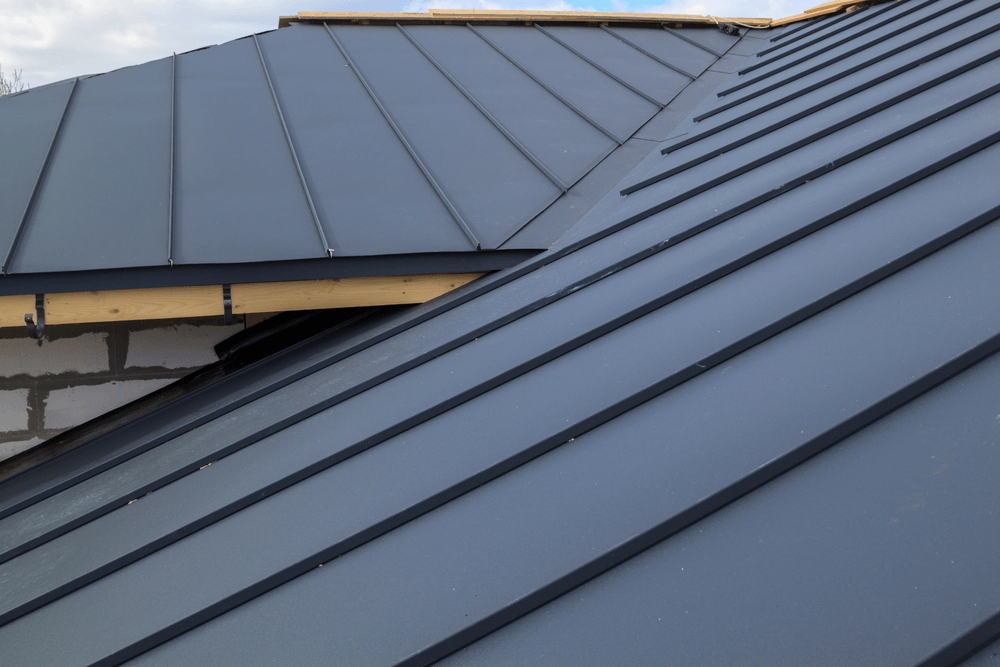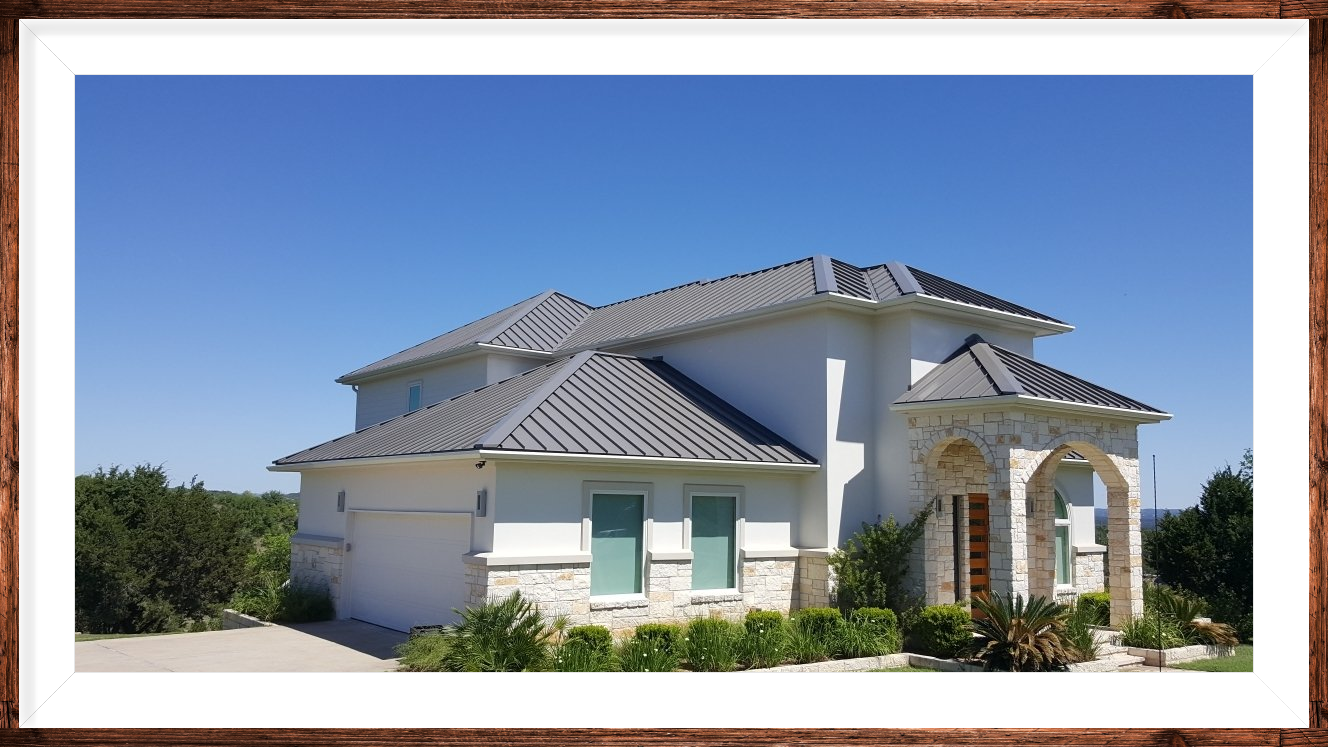8 Metal Roofing Materials Everyone Should Know Before Building
Metal roofing materials can be a great option for people looking to stay cooler, a roof to last longer, and an environmentally-friendly option.
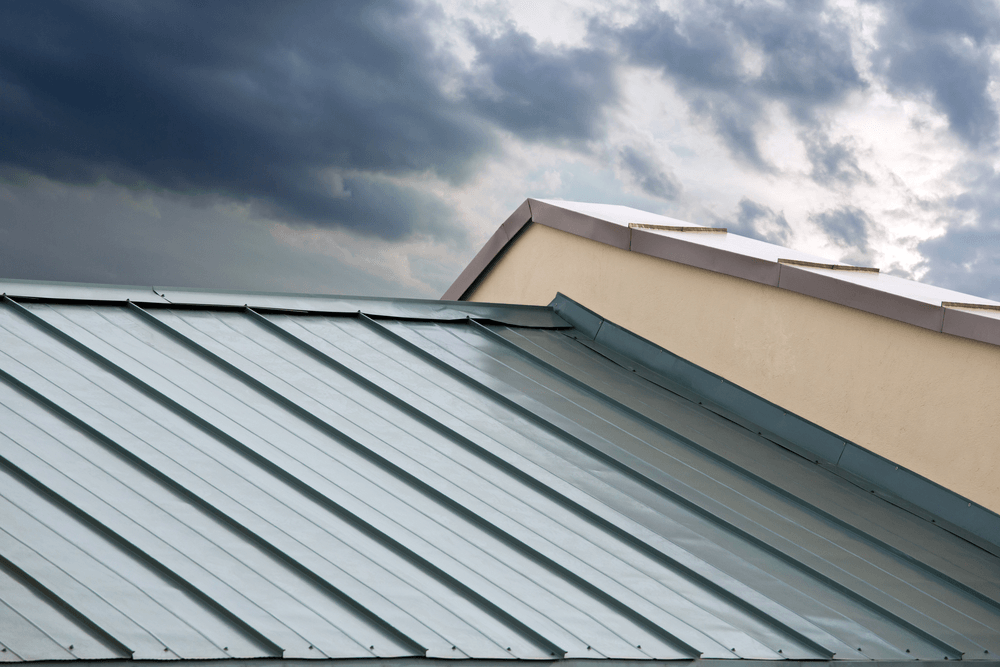
Whether you are building a home or already own one, you eventually will have to deal with putting on a new roof. You may have multiple factors to consider, including heat, environment, and cost. There are many different types of roofs, such as shingle roofs or metal roofs. Metal roofing materials can be a great option for people looking to stay cooler, a roof to last longer, and an environmentally-friendly option.
If you've decided to build a metal roof, there are a few important roofing materials you need to know about. The different metal options, options for style or color, and what accessories you may need for your roof like gutters. You should also know the locking system for how your roof will go together.
1. Copper
Copper is a tried and true roofing material. The world has used copper in metal roofing for centuries. It can last that long too. Many metal roofs can last 200 years or more. Copper is recyclable, and it also adds a beautiful look. Because of its aesthetics and durability, copper is on the more expensive end of the spectrum. Many times, its cost dissuades owners from using it on their whole roof, and they opt instead for small accents.
Copper is also one of the softer metals, which works both for and against it. Because it is softer, it is malleable and easy to work with. It is also quieter. Rain or hail will have minimized sounds from a copper roof. However, because it is soft, large hailstones or falling branches may dent the surface. The good thing is even with the dent, the copper will still hold up, unlike some harder metals which will just puncture.
2. Aluminum
Aluminum is known for its durability against corrosion. It is also a
lightweight but strong metal, even having a higher strength-to-weight ratio than steel.
Aluminum works great for multiple roofing styles and never rusts. It is naturally corrosion-resistant because of the rapid reaction on the outside to create a sealing layer that prevents any corrosion on the inside.
Aluminum roofing is cheaper than copper, but still quite expensive. To compensate for the cost, some roofing materials are only coated with aluminum. It also doesn't hold up as well under intense environmental stresses such as hail or strong winds. This is partly due to the thinness of aluminum but also to its malleability. The malleability makes it versatile and able to be used in lots of different roofing styles.
It is also typically made of almost completely recycled materials.
3. Steel
Steel covers a few different metal alloys that are used for roofing. You may use galvalume steel, a carbon and iron steel coated with a zinc-aluminum alloy. You may also find galvanized steel, another carbon-iron steel with a metal coating of zinc. Because carbon-iron steel is prone to rust when exposed to the elements, steel used in roofing is run through a hot bath of a different metal or alloy to coat any exposed surfaces.
Steel is one of the most commonly used roofing materials in commercial construction and is now gaining traction in residential areas too. This is in part due to the affordability of steel. Steel is the cheapest of all of the metals.
It is also one of the most recycled things on the planet. It is also incredibly strong and hard.
A steel roof can easily withstand strong winds or large hail storms.
4. Tin
Out of all the metal roofing materials, tin is the trickiest. Tin use is growing increasingly rare and is almost never actually used in roofing. The term “tin roof” is common, but this typically refers to steel or aluminum roofs, not a roof made from tin. Tin was used for roofing in the past. However, as other metals became less rare, it became more obsolete.
Tin was used in roofing in the 19th century around the time that tin cans became a common item. Leftover cans were used by rural people who flattened out the tin and created their own tin roofs.
While tin is used in other parts of our lives, other metals have become more prominent for building materials. The vocabulary, however, remains, and many people still incorrectly call metal roofs “tin roofs.”
5. Styles
There are several different styles to choose from when selecting your metal roof. The most common and easy to install is the
standing seam
metal roofs. You can also create a
shingle metal roof.
Corrugated metal roofs are sometimes common in rural areas or for commercial buildings.
Slated
metal is another type of metal roofing you can find. Roofing styles can depend greatly on your metal, the aesthetic you want, and your price range.
Some people prefer the shingle or shake look as it is a common and timeless look but has the benefits of a metal roof. This can be more expensive and difficult than standing seam or sheet roofing. Standing seam roofing is more recognizable with its flat metal surface and long seams running vertically. These
seams are actually hidden locks that snap the roof together.
Sheet
metal roofing uses large sheets of metal that are screwed down, face-fastened, or crimped. The fasteners are often exposed.
6. Fastener System
Because of the multiple styles of metal roofs, not all metal roofing materials have the same fastener system. Some shingle style roofs may still attach through holes and screws, but many newer metal roofs use different locking systems. This may include a Snap-Loc system (single lock) or a double lock system, each with different sizes depending on the style of your roof. A locking system can have greater advantages and be easier to install than other attachment systems.
Locking systems are commonly built into the metal panels so that each panel snaps into place and installs easily.
The edges of the sheet are curved in ways that each piece interlocks with the previous piece. Most locking systems are concealed, allowing for a seamless look. You should also experience no leaking with a locking system. Locking systems like Snap-Loc (single lock) or double lock are fast and easy to install, which cuts down on labor costs.
7. Colors
Colors are actually more important to your roof than you might think. Almost all metal roofs can come in a huge variety of colors on every end of the spectrum. This can add a pop of color to your home, or clash if you chose poorly. Different color coatings can also add another layer of protection to your metal to keep it from corroding. However, heat considerations should also play a key factor when choosing a color.
Depending on where you live, you should pick a color that will reflect or absorb heat. Black and other dark colors absorb and retain heat. If you choose a dark metal roof, it will trap heat in your house and keep you warm in cold months. However, if you live in hot areas like Texas, you want to stay far away from dark colors.
Instead, choose white or another light color that will reflect heat away from your home.
8. Accessories
Lastly, you need to know about your roofing accessories. Roofing accessories not only include things like specialty trimming or chimney caps, but also sealer, gutters,
water harvesting barrels,
solar, drip metal, fasteners, and clips. If you want a certain type of accessory, you need to make sure the metal and style of your roof will work with your metal roofing accessories. You should be aware that some types of accessories may be more difficult or impossible to use with certain metals or roofing styles.
Accessories are also important to put the final design touches on your roof. They can turn a drab metal roof into the talk of the neighborhood.
Aesthetic accessories might include specialty trimming, designer chimney caps, or accent roofing.
Why Choose a Metal Roof?
Besides all the advantages listed above, metal roofs are better in general because they are
cost-effective, environmentally-conscious, and reduce energy consumption, especially for people in hot areas like Texas. Metal roofs
last much longer than other roofs. Many times they are also
made from recycled materials and can be recycled. When you finally do need to replace a metal roof, it won't go to a landfill. Metal roofs
can also reduce energy consumption by up to 26%.
Once you're familiar with the metal roofing materials you need,
contact Hill Country Metal Roofing Supply in central Texas to get a top-of-the-line roof in a timely manner.
